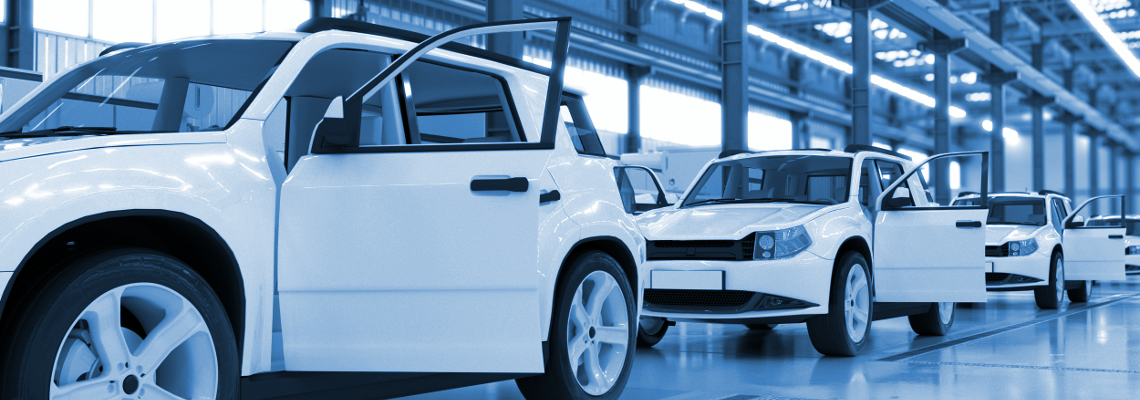Global Recovery: Opportunities and Challenges
SUMMARY. The global economy, especially within the Engine, OEM and Components industries, has felt the immediate impact from COVID: assembly line shutdowns, labor issues, supply chain issues, logistics and transportation to name a few. The pandemic has exposed many weak links in the global economic chain. However, by end of summer, most of these challenges were either completely resolved or temporary solutions had been put in place.

Diversification has become the theme during the pandemic recovery, and we expect this trend to continue. Not only are companies looking for new markets and suppliers to grow top and bottom line revenue as well as to minimize risks, but we see a shift into new industries. Furthermore, rapid developments of new technologies create massive opportunities for OEMs and suppliers as well as posing real threats to OEMs that solely rely on traditional products that are powered by fossil fuels.







